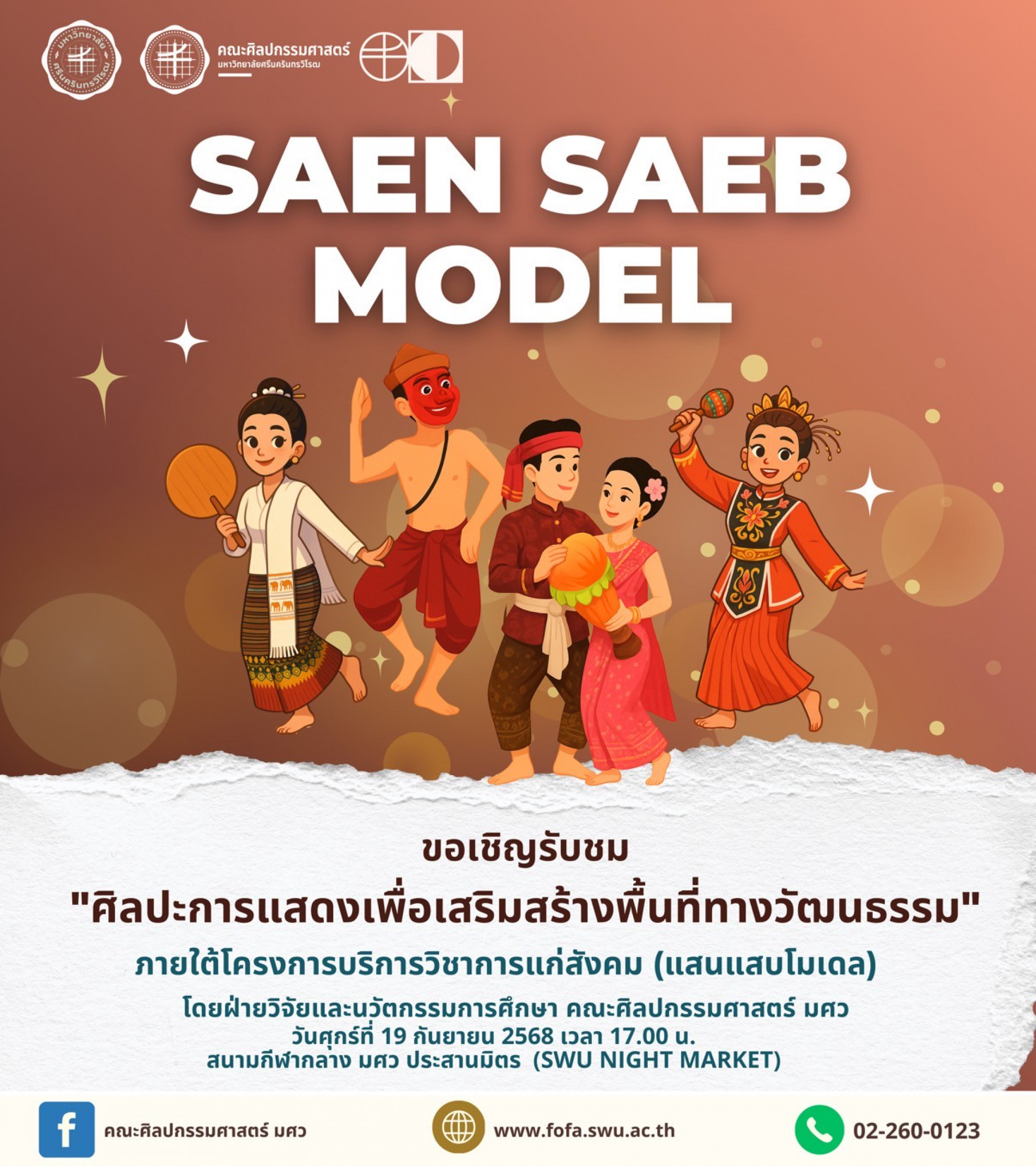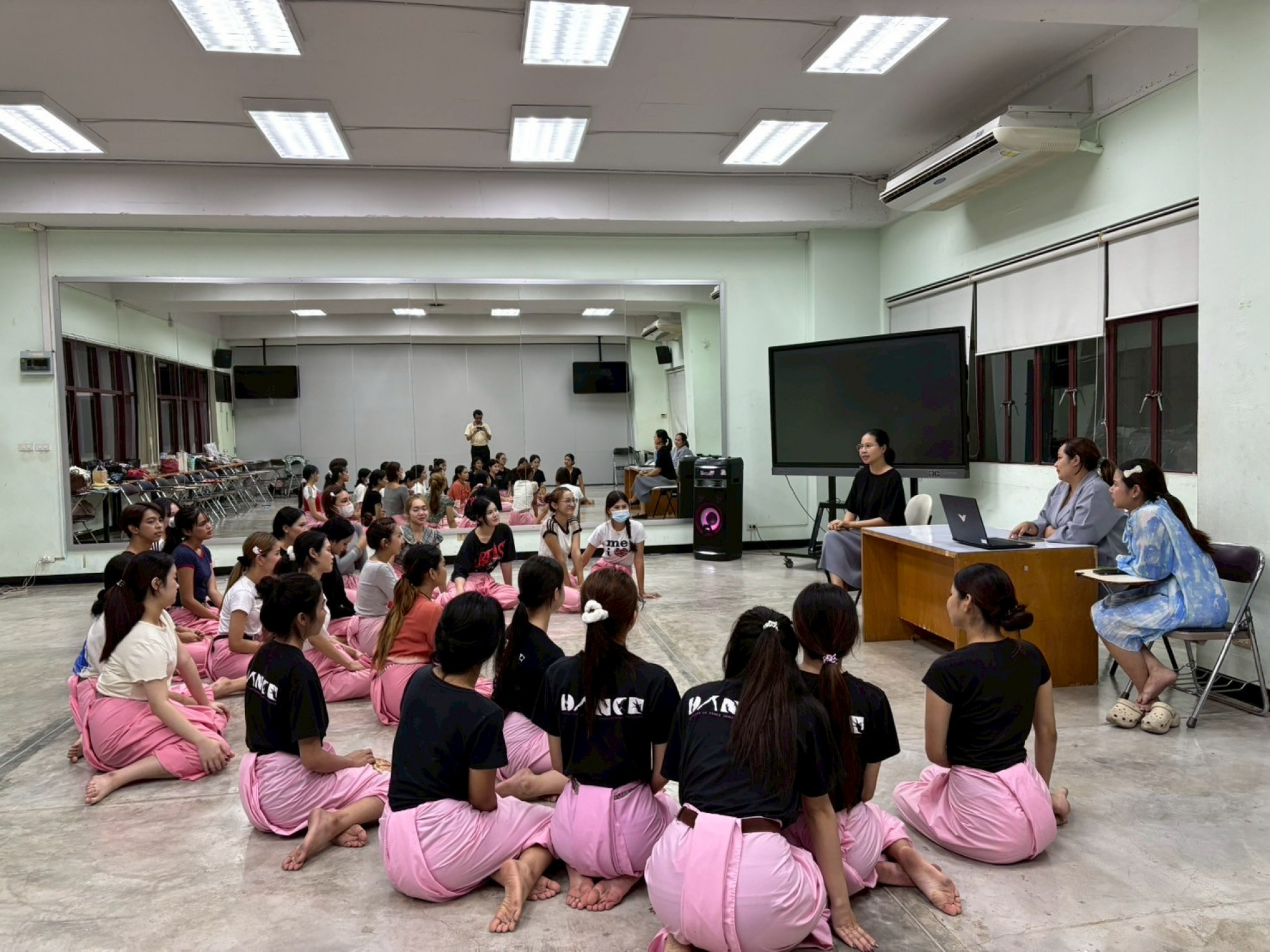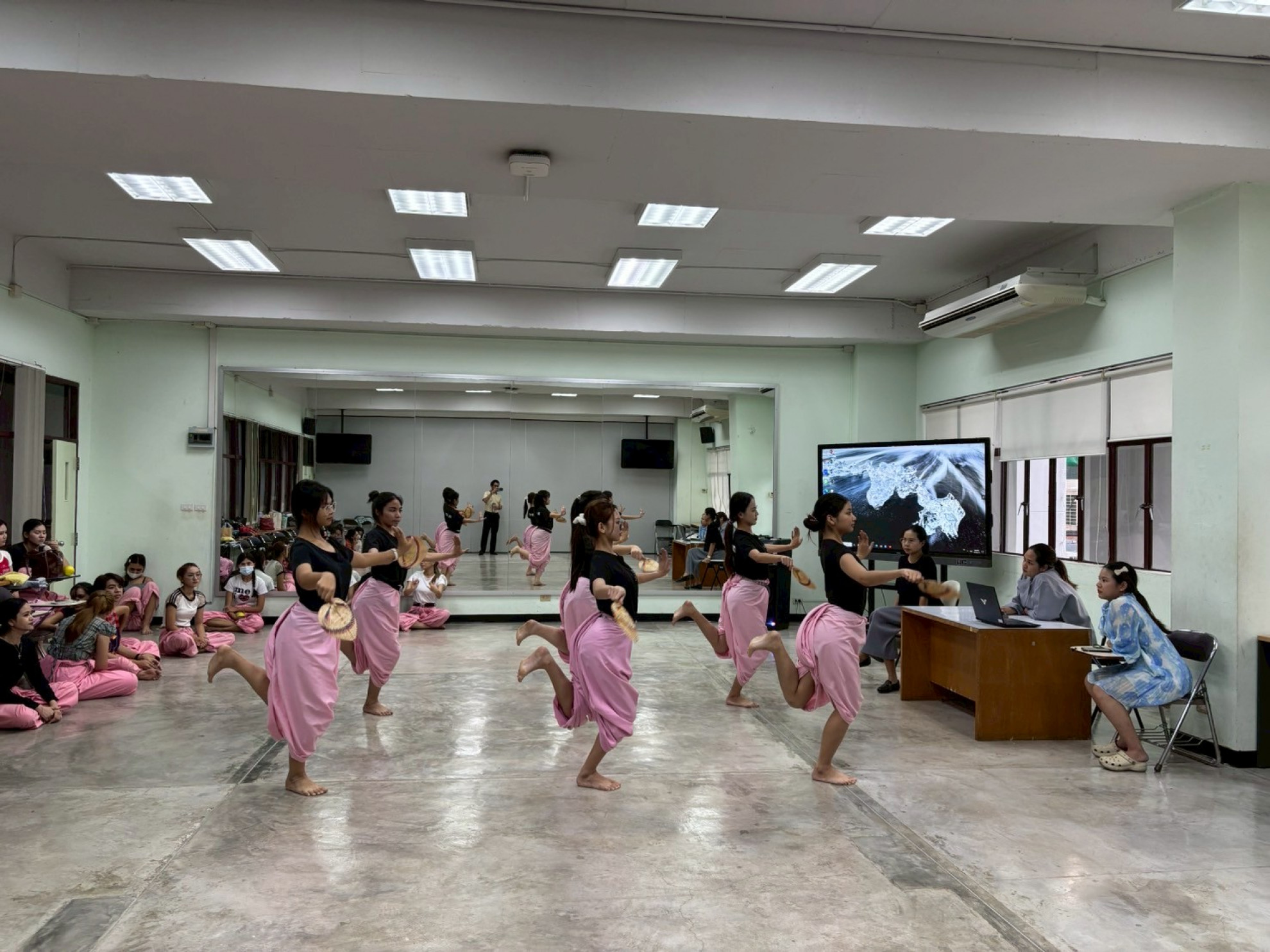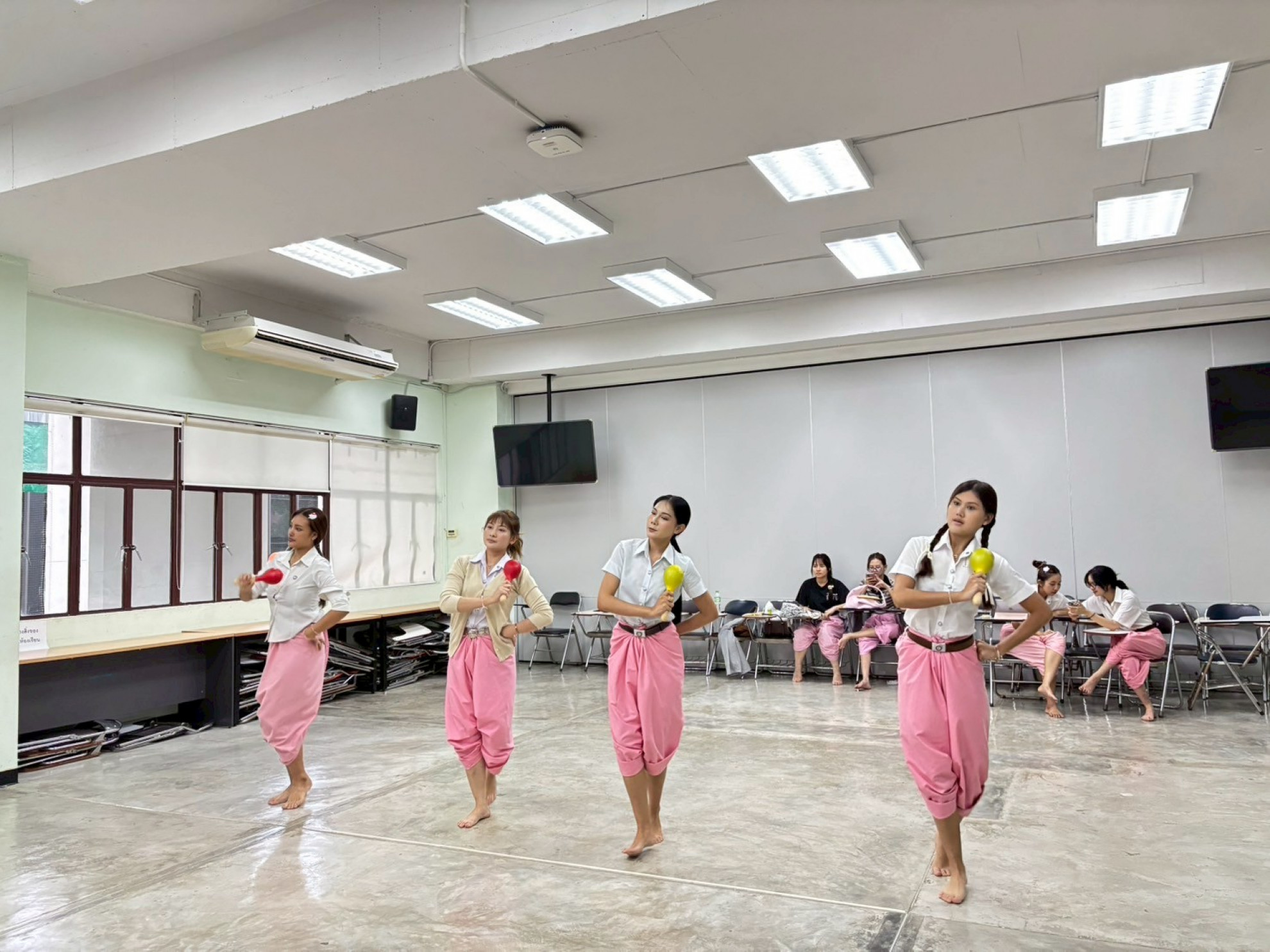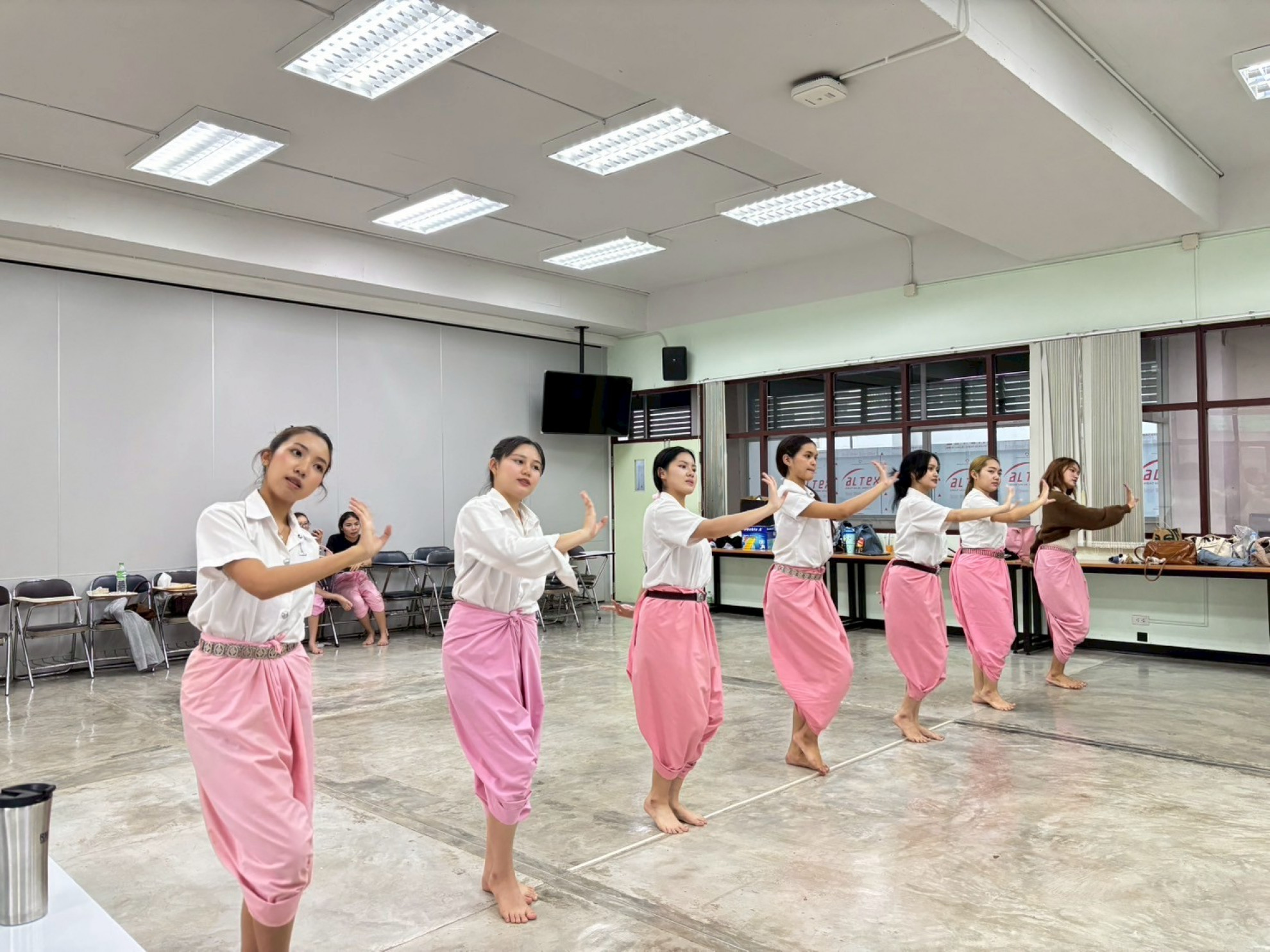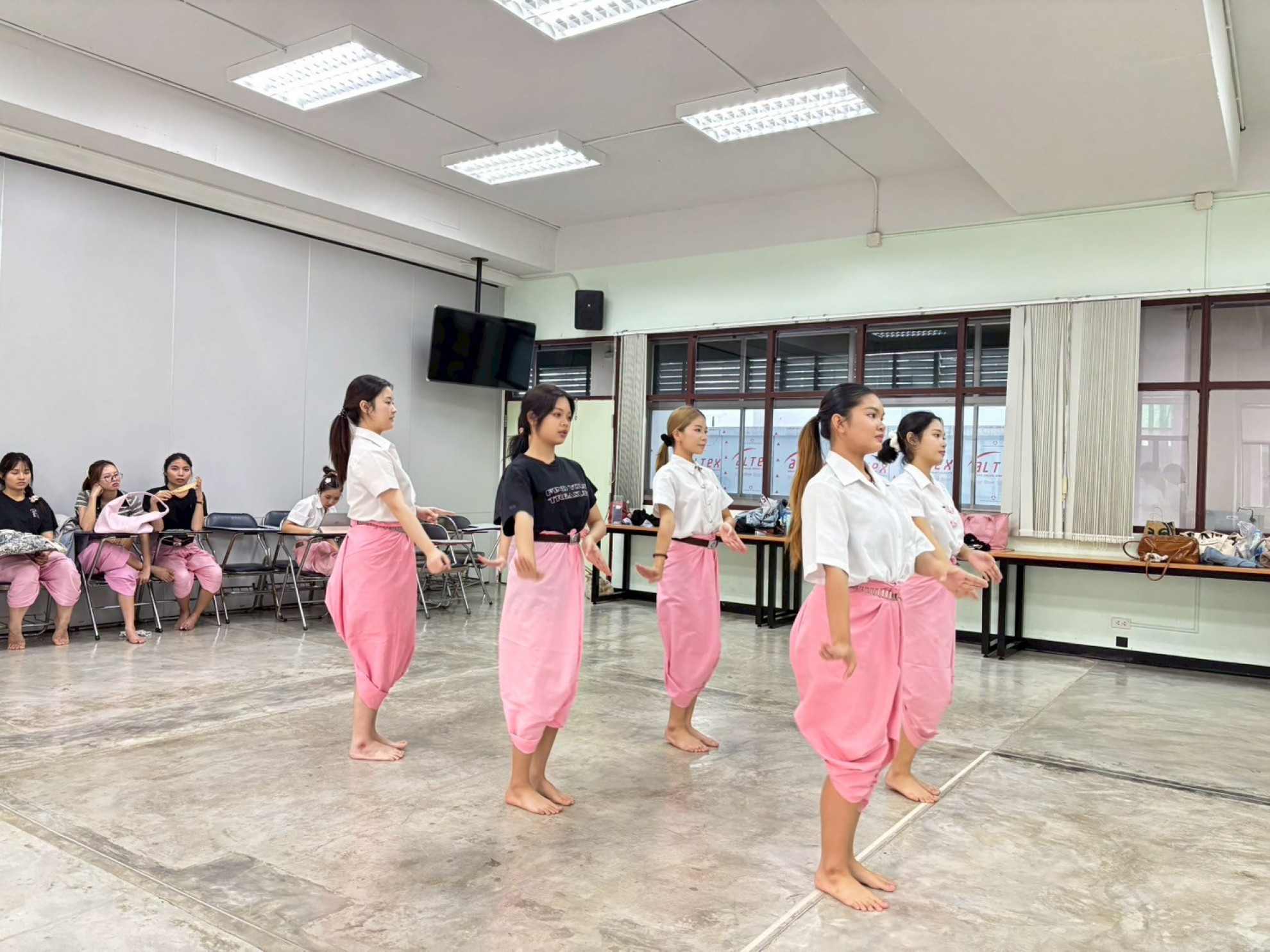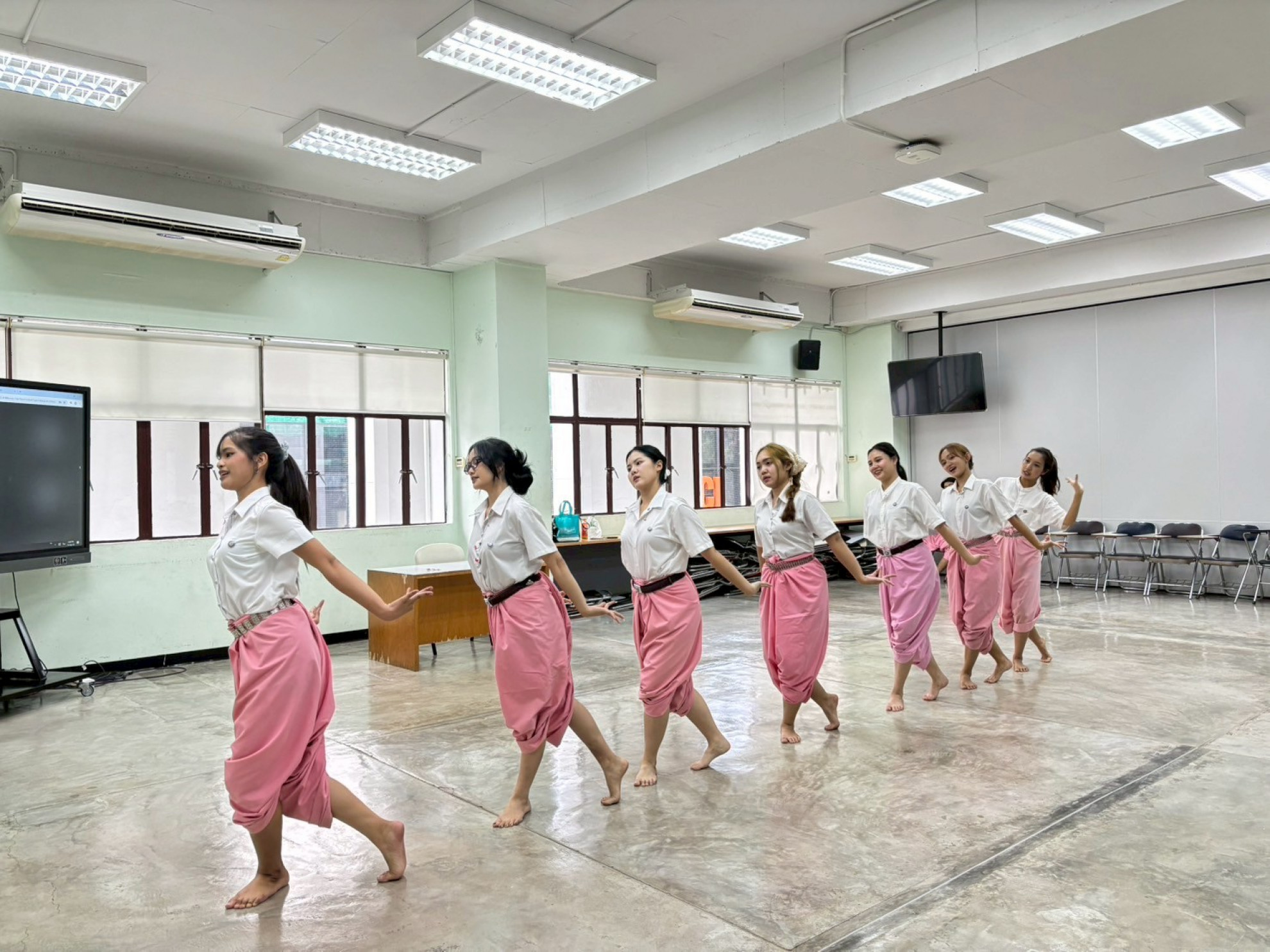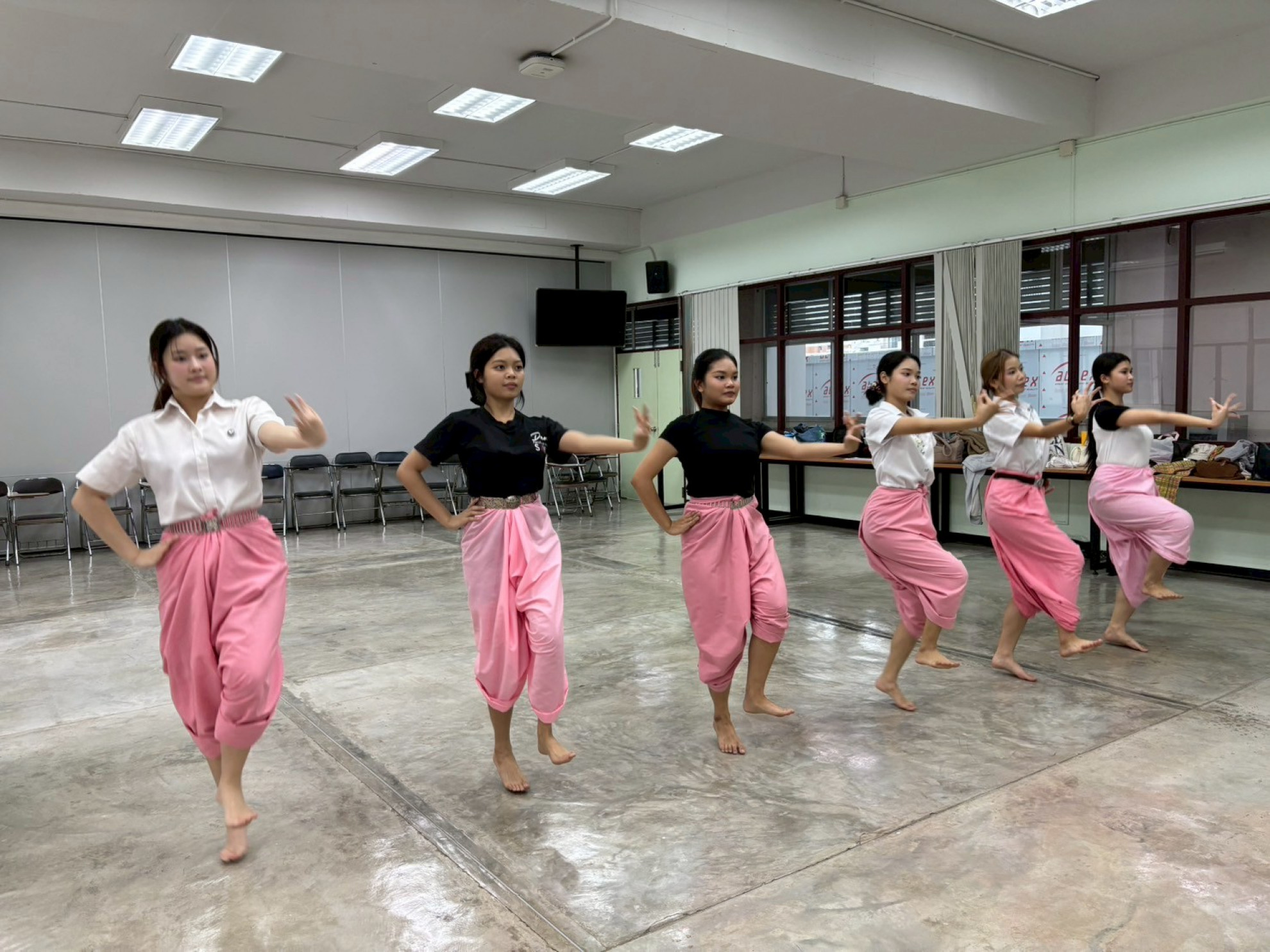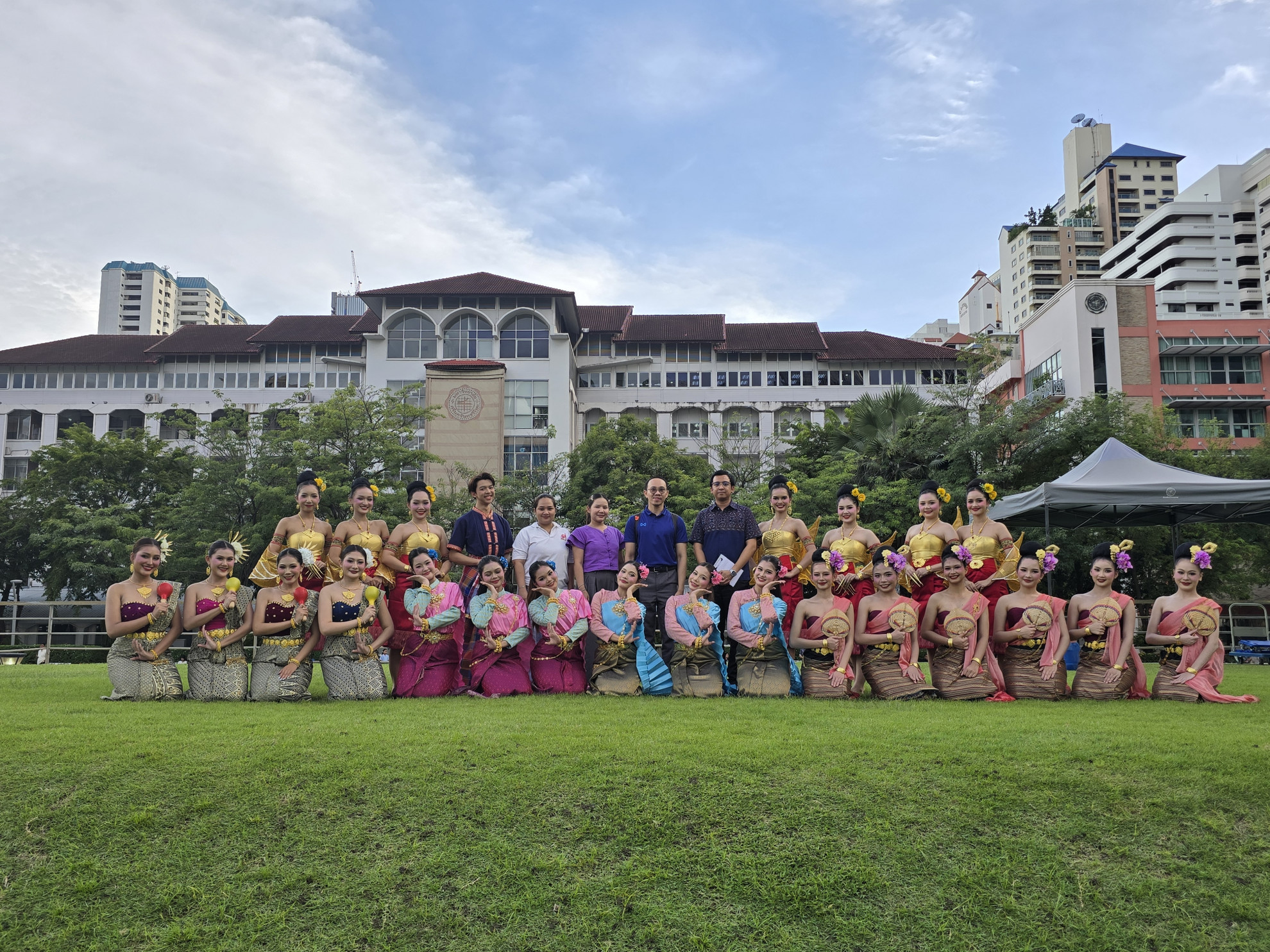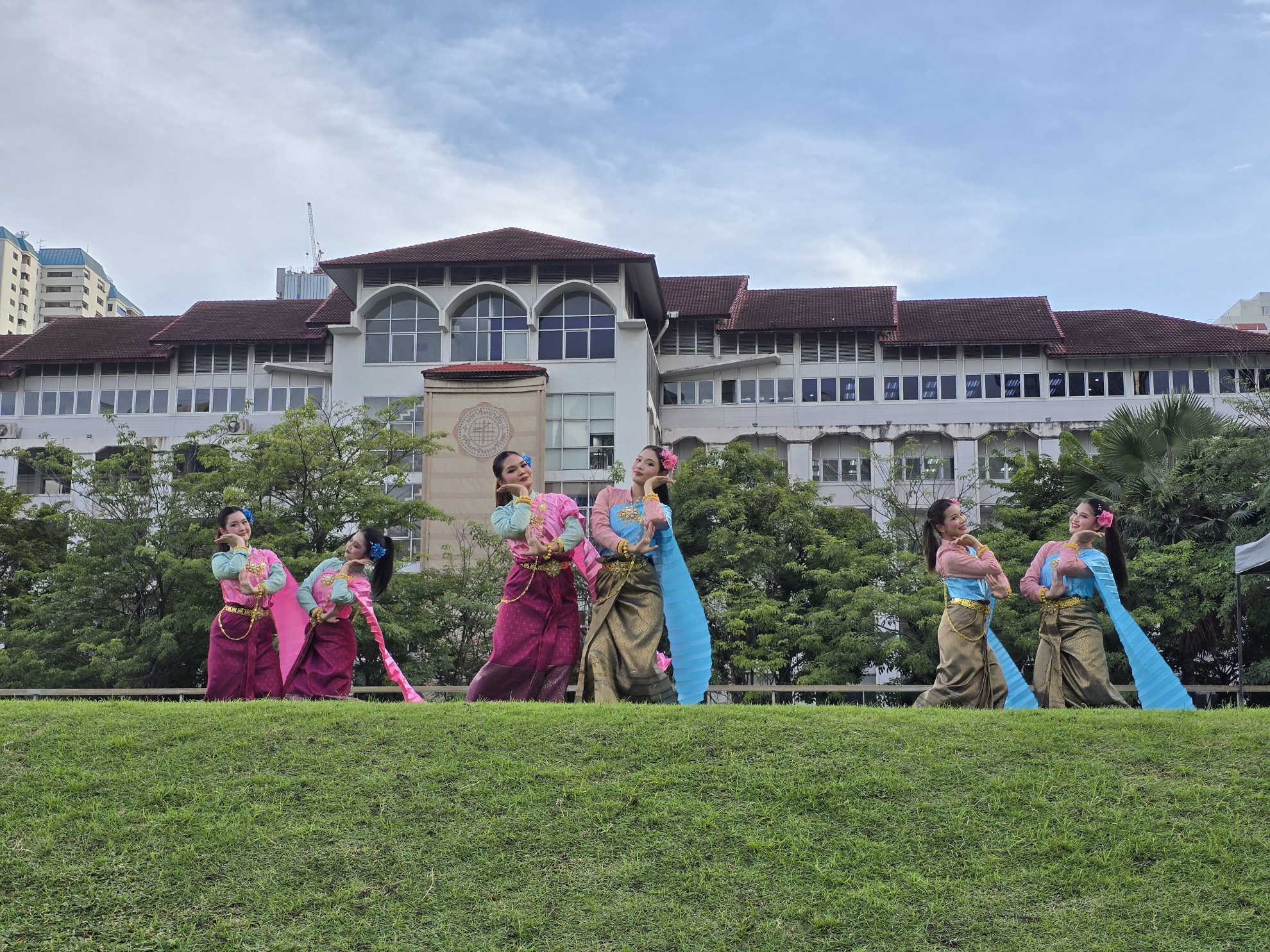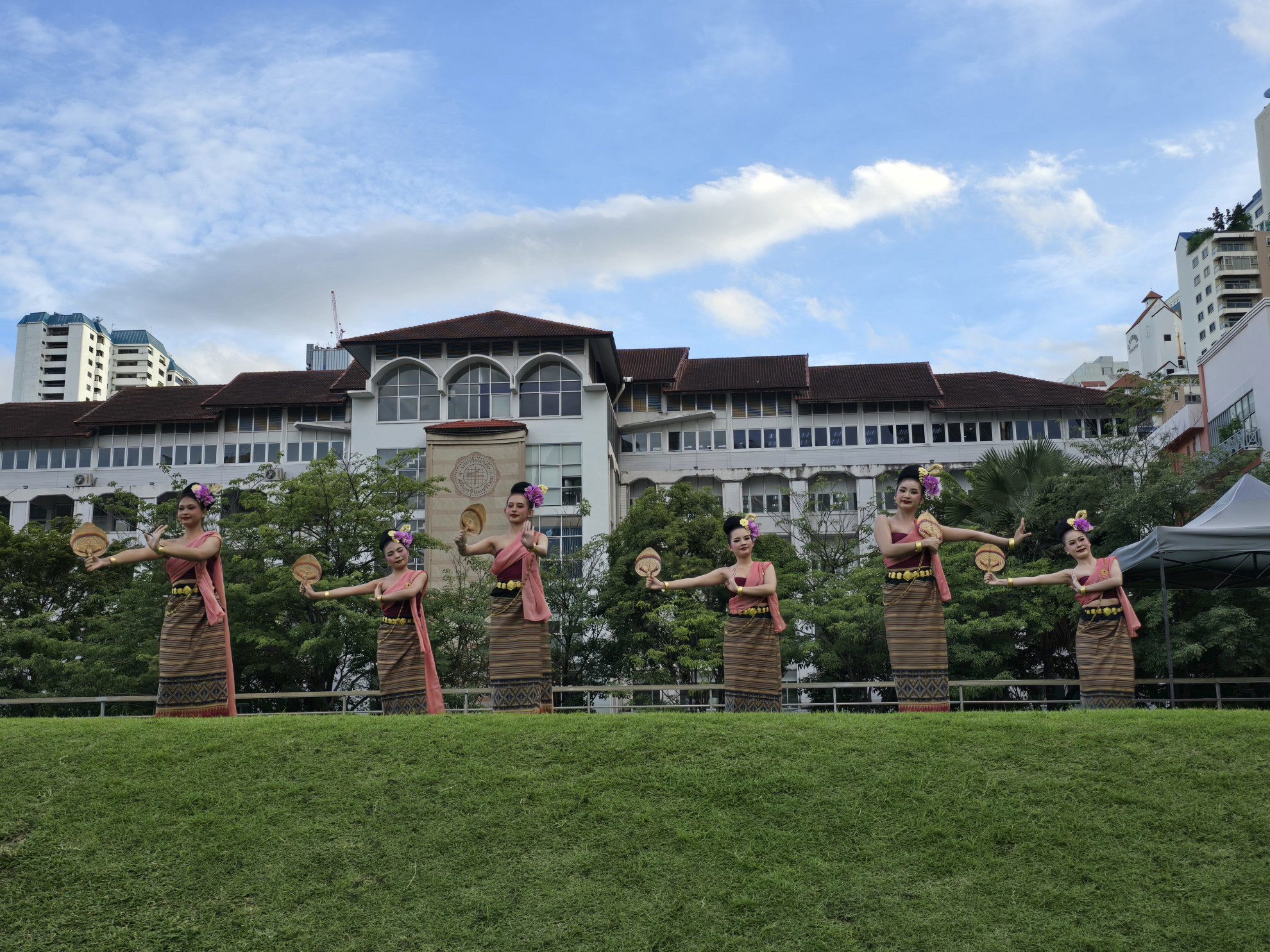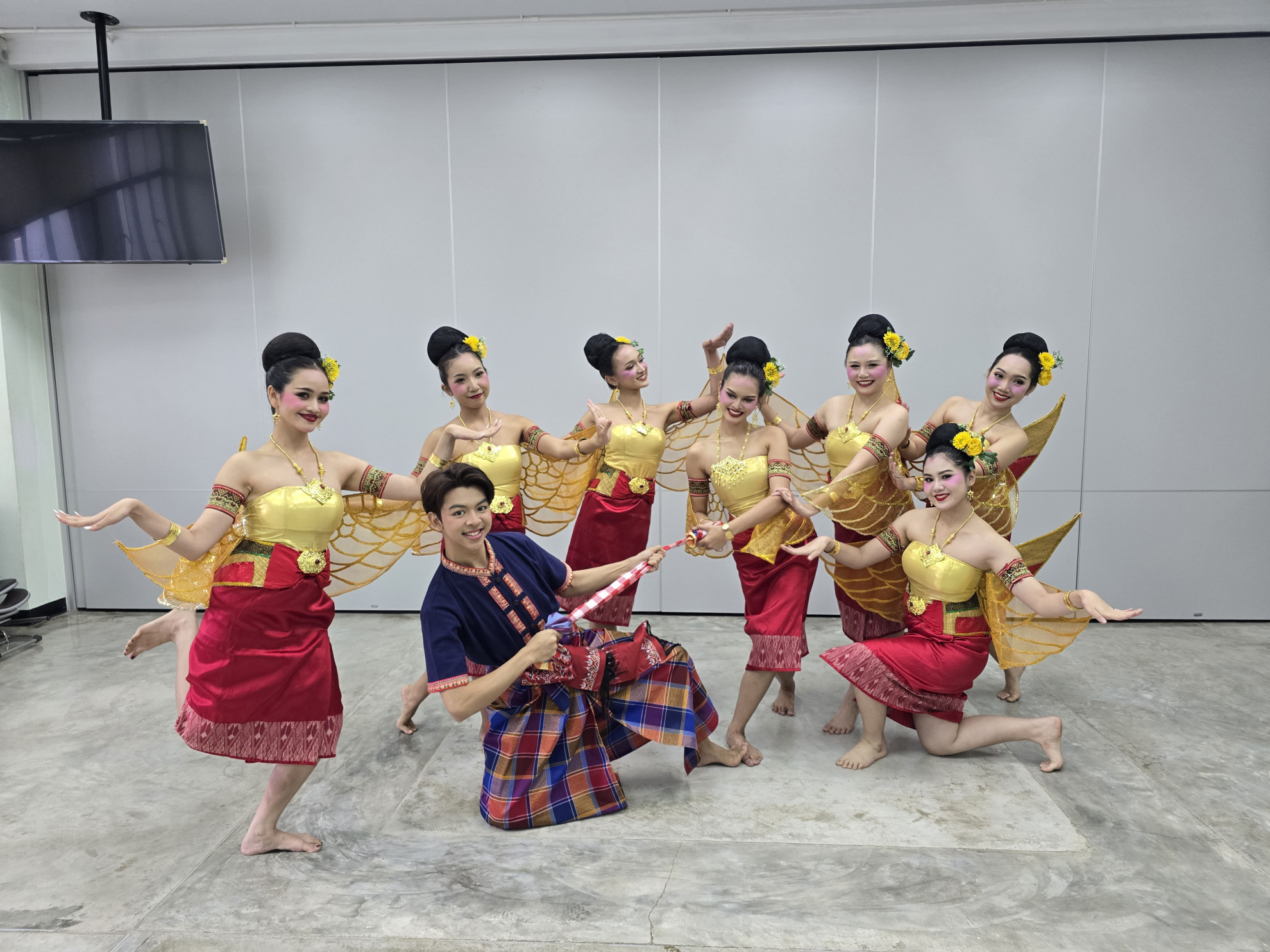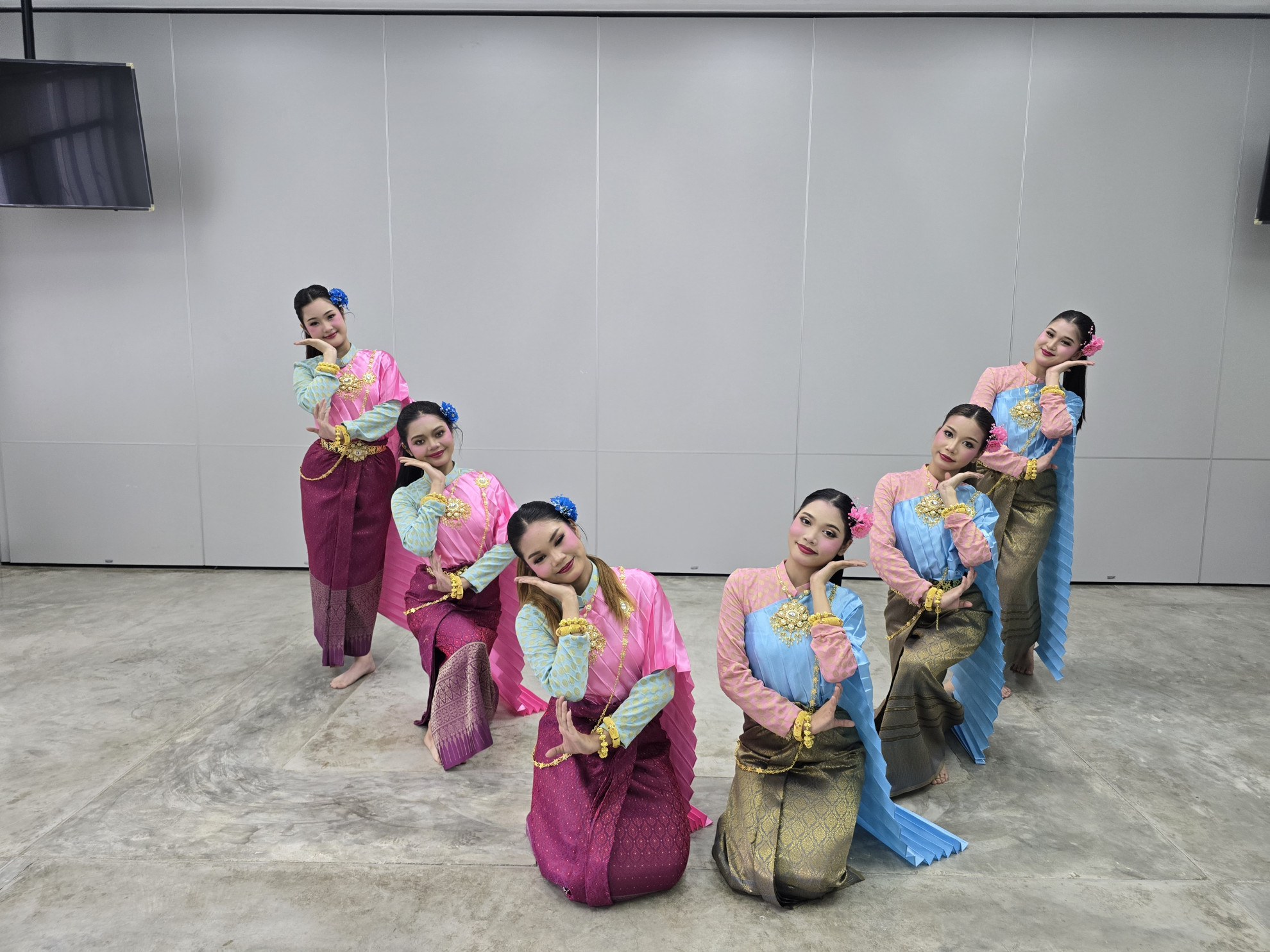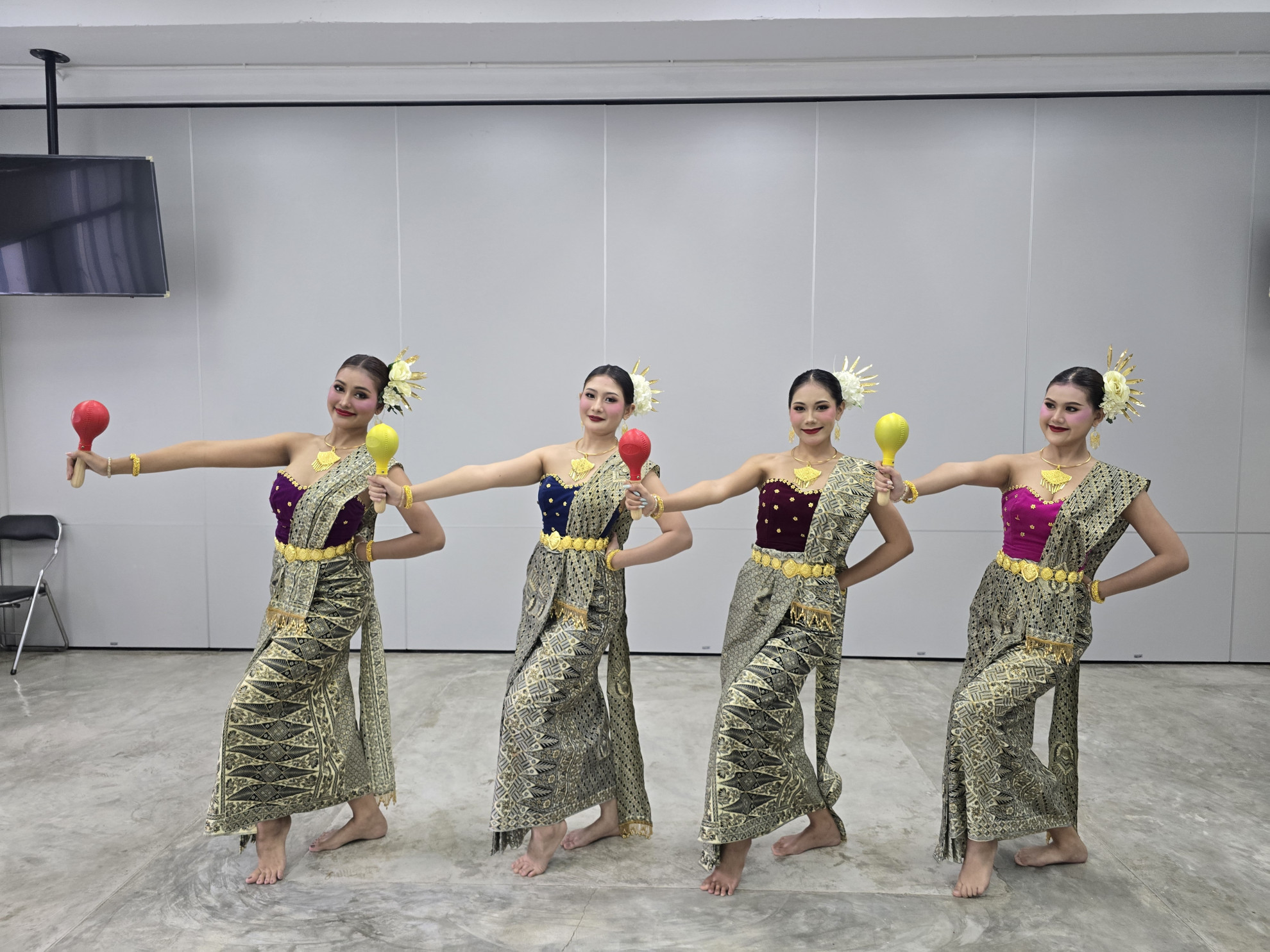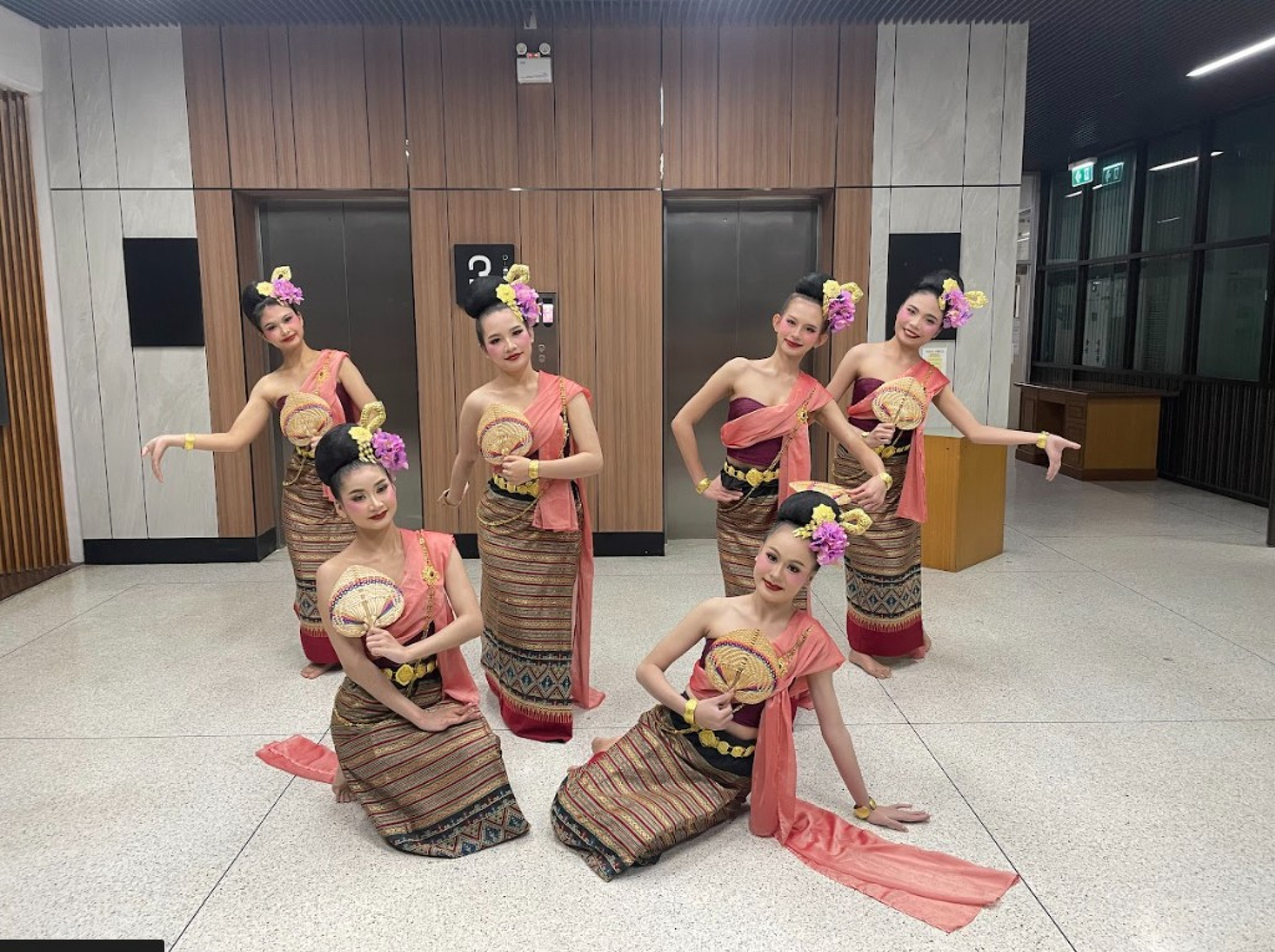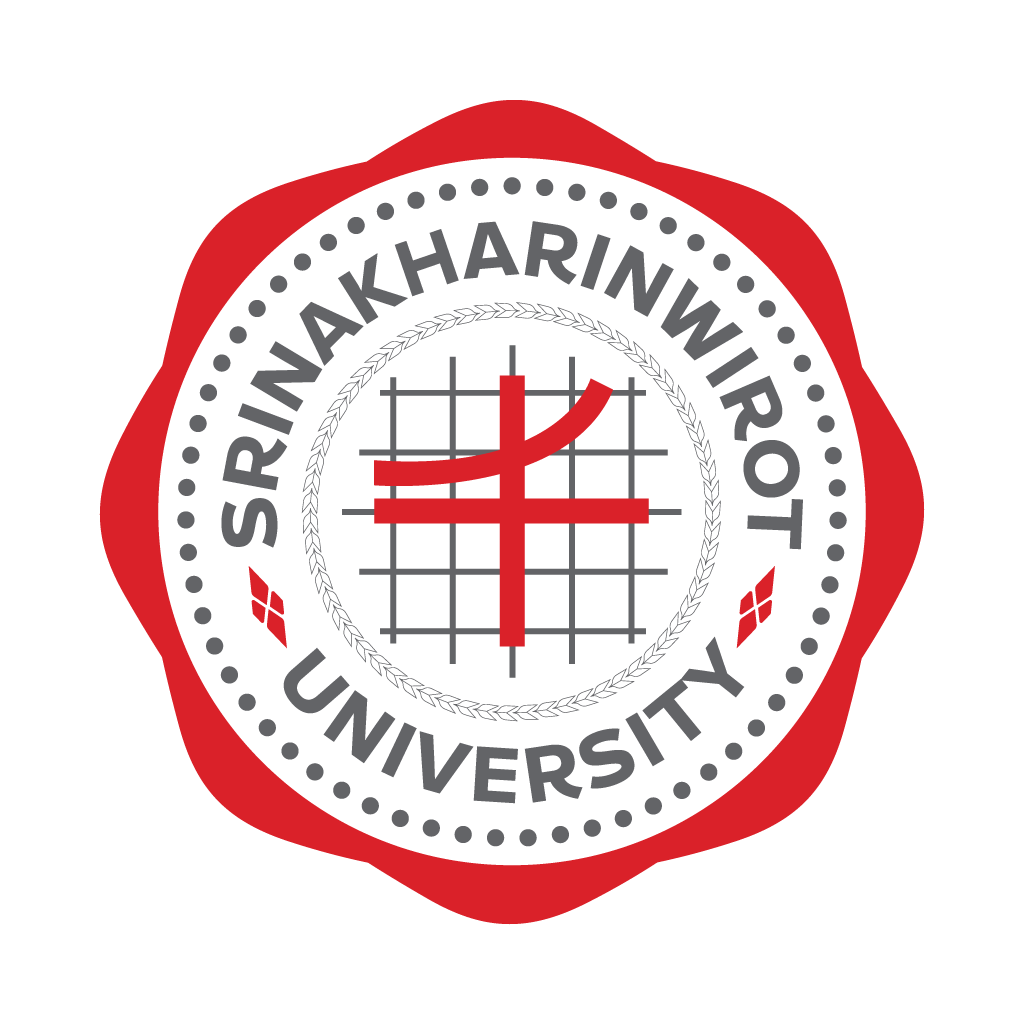





| Target | Indicator | Result |
|---|---|---|
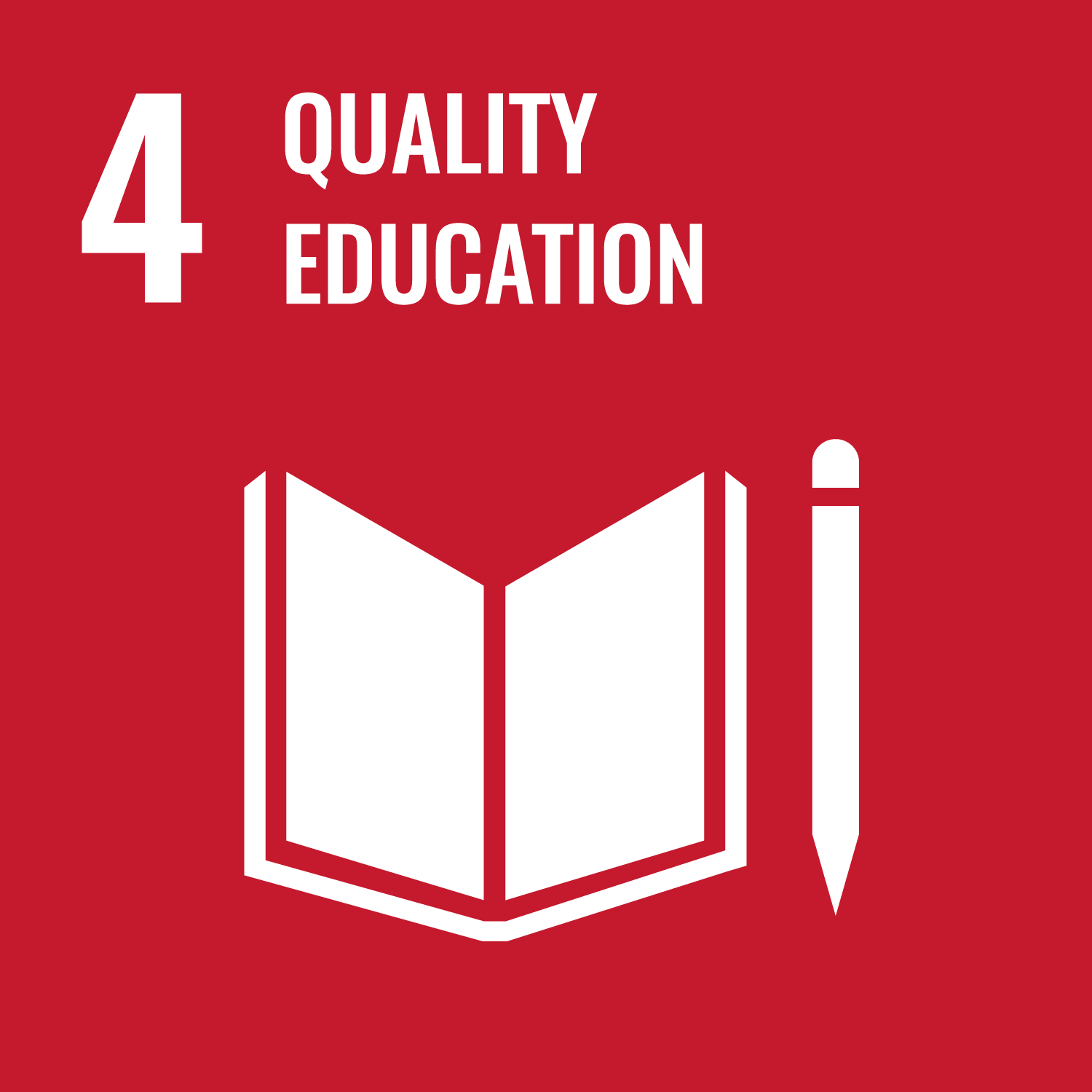
SDG 4
QUALITY EDUCATION
|
||
| 4.4 By 2030, substantially increase the number of youth and adults who have relevant skills, including technical and vocational skills, for employment, decent jobs and entrepreneurship | 4.4.1 Proportion of youth and adults with information and communications technology (ICT) skills, by type of skill | It can be related to SDG indicator 4.4.1 because the project contributes to developing youth and adults’ skills in communication, creativity, and digital presentation through performing arts. While the main focus is on cultural and artistic capacity building, participants also engage in skills that overlap with ICT competencies — such as using digital tools to document, share, and disseminate performances, as well as applying technology in creative expression. By promoting these abilities, the project supports the broader framework of enhancing ICT-related skills that empower individuals for education, employment, and cultural participation in the digital era. |
| 4.7 By 2030, ensure that all learners acquire the knowledge and skills needed to promote sustainable development, including, among others, through education for sustainable development and sustainable lifestyles, human rights, gender equality, promotion of a culture of peace and non-violence, global citizenship and appreciation of cultural diversity and of culture's contribution to sustainable development | 4.7.1 Extent to which (i) global citizenship education and (ii) education for sustainable development, including gender equality and human rights, are mainstreamed at all levels in (a) national education policies; (b) curricula; (c) teacher education; and (d) student assessment | The project aligns with SDG indicator 4.7.1 because it integrates elements of global citizenship education and education for sustainable development through its focus on cultural awareness, heritage preservation, and inclusive participation. By engaging students, faculty, elders, and the public in workshops and performances, the project fosters respect for local traditions, cultural diversity, and intergenerational learning, which supports human rights and social inclusion. Additionally, the project provides experiential learning that can be incorporated into curricula and teacher training, promoting values of sustainability, cultural continuity, and community engagement, thus mainstreaming these principles across education and public outreach activities. |
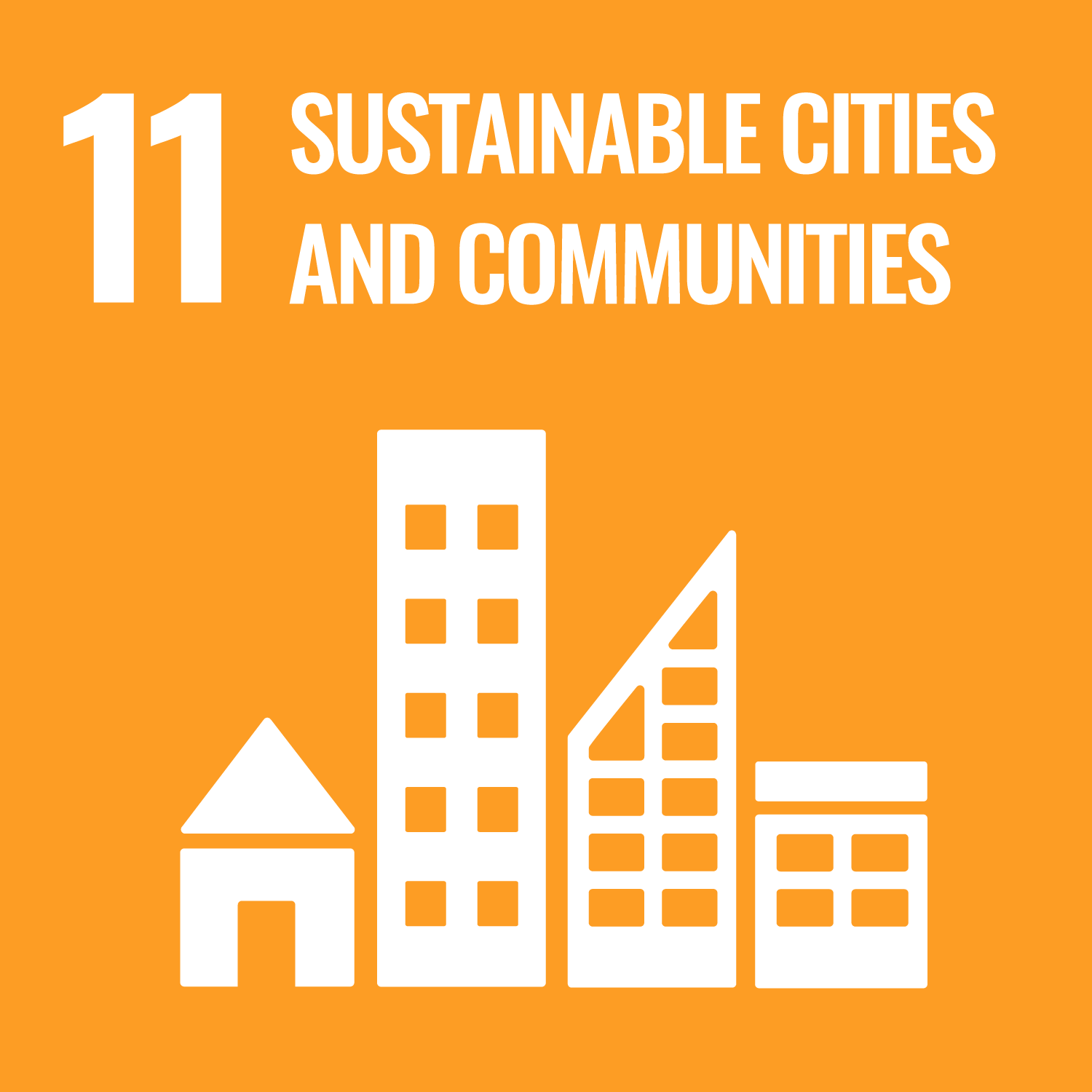
SDG 11
SUSTAINABLE CITIES AND COMMUNITIES
|
||
| 11.4 Strengthen efforts to protect and safeguard the world's cultural and natural heritage | 11.4.1 Total expenditure (public and private) per capita spent on the preservation, protection and conservation of all cultural and natural heritage, by type of heritage (cultural, natural, mixed and World Heritage Centre designation), level of government (national, regional and local/municipal), type of expenditure (operating expenditure/investment) and type of private funding (donations in kind, private non-profit sector and sponsorship) | The project is related to SDG indicator 11.4.1 because it represents an investment in the preservation and promotion of cultural heritage through performing arts and community engagement. By organizing workshops, student performances, and public outreach activities, resources are allocated toward conserving local traditions, arts, and cultural knowledge. These expenditures—whether in the form of faculty time, facilities, materials, or event organization—contribute to both public and potentially private investment in cultural heritage at the university and community level. The project thus supports the broader tracking of per capita spending on cultural heritage preservation, demonstrating practical implementation of cultural sustainability initiatives. |
The Academic Service Project (Saensaeb Model): Music for Well-Being and Performing Arts to Enhance Cultural Spaces – Phase 3 was held on September 16–17, 2025, at the Faculty of Fine Arts, Srinakharinwirot University, and on September 19, 2025, at the Prasarnmitr Stadium. The project aimed to develop students’ dance skills through workshops, showcase student performances to the public, and foster cultural understanding while preserving local heritage. The activities successfully achieved these objectives, with 102 participants (127.5% of the target), four student performances presented, and high satisfaction rates among students, faculty, staff, elders, and community members. Evaluation results indicated significant improvements in dance skills and creative confidence (92.6%), enhanced public awareness of local culture and heritage preservation (96.8%), and overall satisfaction with the academic service initiative (95.8%)
The project generated a strong impact by significantly enhancing students’ dance skills and creative confidence, while also strengthening their ability to present cultural performances to the public. It successfully promoted awareness and appreciation of local culture and heritage preservation among community members, with high levels of satisfaction from participants across different groups, including faculty, staff, students, elders, and the general public. Furthermore, the project expanded cultural engagement through student performances and established the Saensaeb Model as an effective platform for academic service, fostering sustainable cultural spaces within the community.
